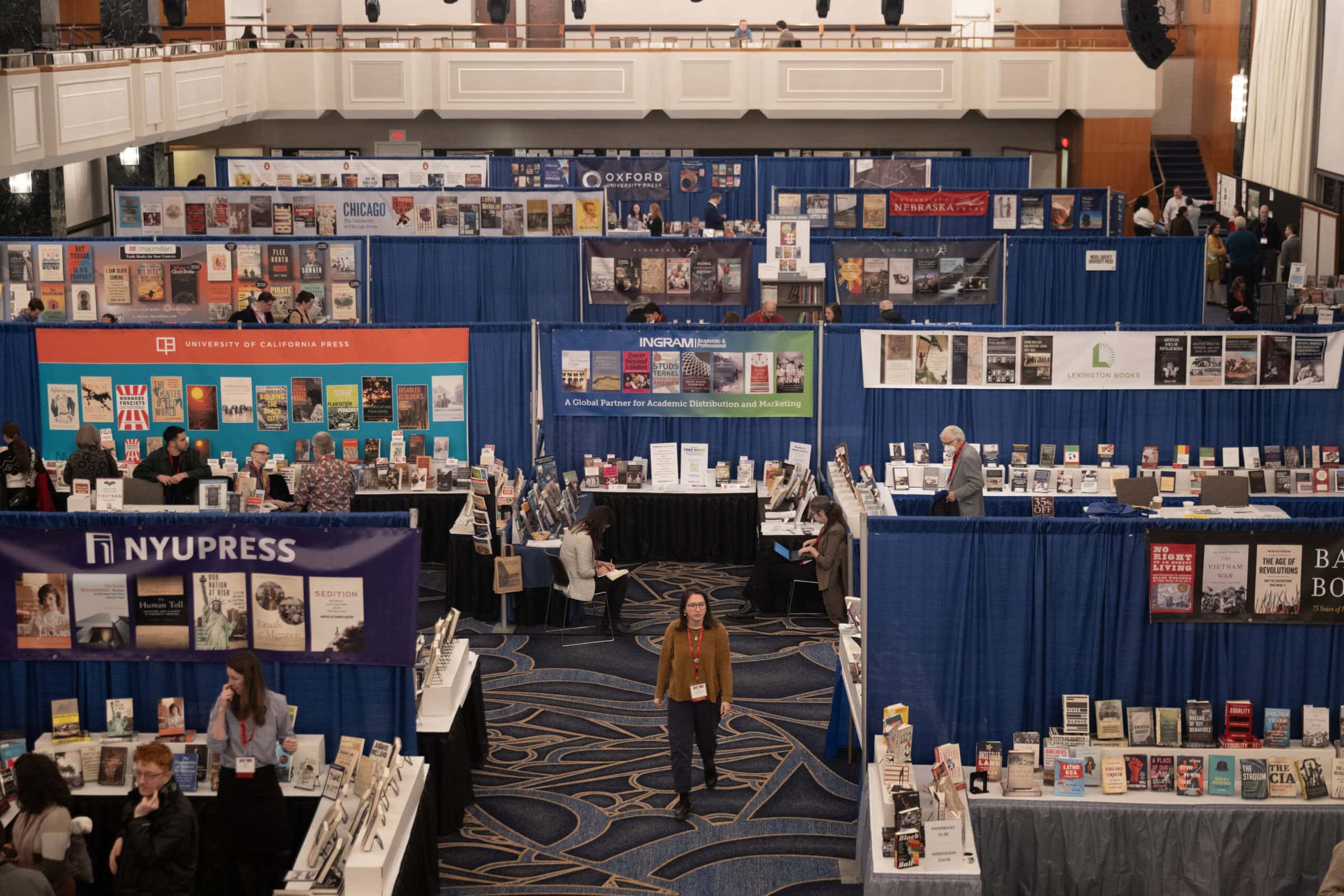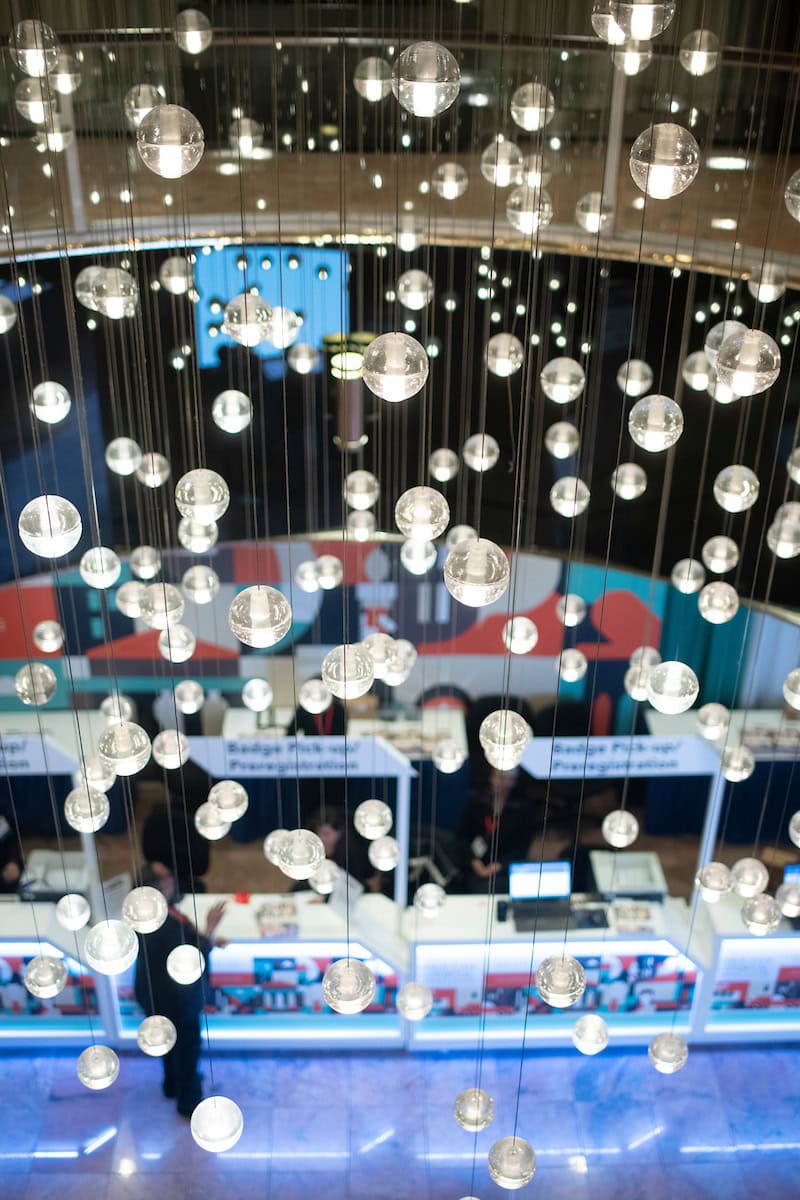In 1935, Charlotte Perkins Gilman remarked that in New York City, “Everyone is an exile, none more so than the American.” One could argue that as the most ethnically heterogeneous place in the world, Queens is quintessentially American. More immigrants have passed through the county of Queens than any other, making it the contemporary Ellis Island. Processes of globalization have shaped the immigration waves of the 1980s and 1990s. Despite fears of deportation, workers seeking higher wages continue to stream into the borough. Along Roosevelt Avenue day laborers wait for work in landscaping and construction. These immigrants continue relationships with their countries of origins in ways that would have been unimaginable in earlier times. This has sparked debates over questions of integration, acculturation, and assimilation. Civic associations dedicated to immigrant rights have energized communities, particularly in opposition to residential raids carried out by the Department of Homeland Security.
A ride on the Number 7 train, known as the “International Express,” is an excellent way to structure a visit. The line was declared a National Millennium Trail in recognition of its importance to the immigrant experience. The subway is partly responsible for the urbanization of Queens. In the early 1910s, Irish immigrants were drawn to the area by the work opportunities the train created. The first station opened in 1915; the subway was extended to its present terminus in Flushing by 1928. The Number 7 line begins at Times Square. Below are suggestions for a tour of Queens, organized by subway stops leading from Flushing back toward Manhattan.
Flushing Main St.: As soon as you exit the subway station at Main Street, you will notice the Asian influence in Flushing. In the period following the Second World War, Flushing became the preeminent Chinatown of New York. Walking Main Street in either direction you will encounter dozens of bakeries, restaurants, and other businesses catering to Chinese immigrants. Flushing has a long history of religious and cultural tolerance. In 1657, residents wrote the Flushing Remonstrance, a petition in defense of religious freedom that many consider the basis of the Bill of Rights. The John Bowne House (37-01 Bowne St., 718-359-0528, www.bownehouse.org) was built by a farmer who was arrested in 1662 for allowing Quakers to congregate in the house. The Quaker Meeting House (137-16 Northern Blvd., 718-358-9636, https://flushingfriends.org/), just up the street, was built in 1694. In 1774, the chapter banned members from owning slaves; the meeting house served as an Underground Railroad stop in the 19th century. Those interested in touring the Meeting House and graveyard are welcome from 12–12:30 p.m. on Sundays or may call to schedule a visit. Across the street is the Flushing Town Hall (137-35 Northern Blvd., 718-463-7700, www.flushingtownhall.org), which conducts a monthly jazz tour of Queens that includes Louis Armstrong’s house in Corona and discusses African American communities in Queens.
82 St.-Jackson Heights, 74 St.-Broadway, and Woodside 61 St.: There are not yet monuments and statues commemorating the Latino immigration of the 1980s and 1990s, which brought hundreds of thousands of Mexicans, Ecuadorians, Colombians, and other Latin Americans to Queens. A walk through the central commercial areas of the neighborhoods of Jackson Heights and Woodside is the best way to explore the barrio. Exit at 82nd Street and walk one block north to 37th Avenue, and take a left, westward. The influence of recent Argentine immigrants is evident in the butcher shops and restaurants offering locals a carnivorous remembrance of home. Racial and class hierarchies among immigrant groups are notable and visitors often sense these divisions. For example, Mexican immigrants routinely face discrimination from other Latin Americans based on the assumption that they are “illegal” or less educated.
Along 37th Avenue from 82nd Street to 74th Street, the neighborhood undergoes a transition from Latin American to South Asian influence. Take a left at 74th Street and you will be in “Little India,” replete with culinary and retail delights. The Butala Emporium (37-46 74th St.) has a wonderful variety of books, musical instruments, and furniture (mostly in the basement). There is a subway station on 74th Street. If you are not tired and still curious, take a right on Roosevelt. From 69th to 60th Street are Filipino, Thai, and Irish communities (one of the most famous Thai restaurants in the city is Sripraphai at 64-13 39th Ave.).
Long Island City Court Sq.: The neighborhood of Long Island City exemplifies the conflicts over gentrification brought about by urban renewal throughout New York City. The deindustrialization of the neighborhood only partially eradicated factories, which can still be seen from the vantage point of the elevated train. Developers have built luxury condos to attract young professionals priced out of Manhattan. This has created conflicts with the largely immigrant and working-class community. Artists who created an avant-garde scene in the neighborhood have been particularly outspoken critics of gentrification. P.S. 1, an internationally acclaimed art center that focuses on the role of contemporary art in society, is well worth a visit. Housed in a 19th-century public school house, P.S. 1 has played a central part in the revival of Long Island City (22-25 Jackson Ave., 718-284-2084, www.ps1.org). Across the street is one of the city’s most famous graffiti centers, the 5pointz, an outdoor gallery open 24/7.
Brenda Elsey is an assistant professor of Latin American history at Hofstra University. Her current book project, Citizens and Sportsmen: The Political Life of Football in Chile, 1893–1973 explores the relationship between politics, popular culture, and civic associations. She is a member of the Local Arrangements Committee and, happily, a longtime resident of Queens.


